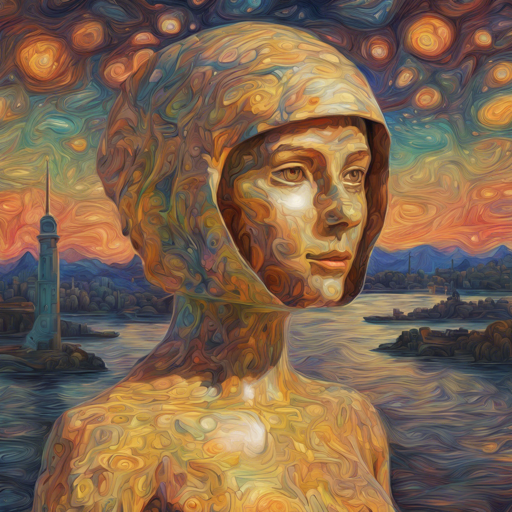Have you ever dreamed of merging a stunning painting with your own images? Thanks to the fascinating world of Neural Style Transfer, you can seamlessly blend the content of one image with the artistic style of another! This guide will walk you through the steps to utilize the powerful PyTorch implementation of this algorithm, while troubleshooting common problems you might encounter along the way.
What You Need Before Getting Started
- Install PyTorch on your system.
- Optional: Install CUDA for GPU usage, cuDNN, and other backends for optimized performance.
Setting Up Your Environment
Before diving into using the neural style transfer, it’s essential to have everything ready. Follow these simple steps:
- Clone the repository:
- Install necessary dependencies listed in the README file, including PyTorch.
- Run the following script to download the VGG model:
git clone https://github.com/ProGamerGov/neural-style-pt.gitpython models/download_models.pyStarting with Neural Style Transfer
To begin, the basic command to apply a style to your chosen content image is as follows:
python neural_style.py -style_image YOUR_STYLE_IMAGE_FILE -content_image YOUR_CONTENT_IMAGE_FILEHere’s a fun analogy: imagine you are a talented chef who wants to combine the flavors of an exquisite dish (the style) with the primary ingredients of a beloved family recipe (the content). The Neural Style Transfer algorithm is your secret recipe to achieve a visually delectable output!
Advanced Options
Play around with various parameters for more personalized results:
- -content_weight: Adjust how much the output looks like the content image.
- -style_weight: Change how much influence the styles have in the result.
- -num_iterations: Define how many iterations to run the optimization.
- -image_size: Control the maximum side length of the output image.
Troubleshooting Common Issues
Even the best chefs face challenges in the kitchen. Here are some common issues you may encounter and their solutions:
- Problem: The program runs out of memory and crashes.
Solution: Try reducing the image size with-image_size 256. If you’re using a GPU, consider the-backend cudnnoption to minimize memory utilization. - Problem: Confusing error messages regarding model keys.
Solution: Make sure you rundownload_models.pyto ensure compatibility with your PyTorch version. - Problem: The image generation is taking too long.
Solution: Experiment with different backends and optimizers, or use the-cudnn_autotuneoption for better performance. - Problem: Generated images don’t match expectations.
Solution: Tweak-content_weightand-style_weightfor a more balanced output.
For more insights, updates, or to collaborate on AI development projects, stay connected with fxis.ai.
Final Thoughts
By now, you’re well-equipped to dive into the artistic world of Neural Style Transfer! Remember, like fine-tuning the ingredients of a recipe, experimenting with different weights and parameters can yield spectacular results. At fxis.ai, we believe that such advancements are crucial for the future of AI, as they enable more comprehensive and effective solutions. Our team is continually exploring new methodologies to push the envelope in artificial intelligence, ensuring that our clients benefit from the latest technological innovations.

